BRIMONIDINE SOLUTION - OPHTHALMIC
PHONETIC PRONUNCIATION: (bri-MOE-ni-deen)
COMMON BRAND NAME(S): Alphagan P
GENERIC NAME(S): brimonidine tartrate
Uses
USES: This medication is used to treat open-angle glaucoma or high fluid pressure in the eye. Lowering high fluid pressure in the eye reduces the risk of vision loss, nerve damage, or blindness. This medication lowers pressure by allowing better fluid drainage from within the eye and also by reducing the amount of fluid formed in the eye. It is known as an alpha agonist. This drug is not recommended for use in children less than 2 years of age due to an increased risk of serious side effects such as very slowed breathing. Ask the doctor or pharmacist for details.
How to use BRIMONIDINE SOLUTION - OPHTHALMIC
HOW TO USE: To apply eye drops, wash your hands first. To avoid contamination, do not touch the dropper tip or let it touch your eye or any other surface. If you are wearing contact lenses, remove them before using this medication. After applying this medication, wait at least 15 minutes before putting in your contact lens. Tilt your head back, look upward and pull down the lower eyelid to make a pouch. Hold the dropper directly over your eye and insert one drop, usually three times daily, or as directed by your doctor. Look downward and gently close your eyes for 1 to 2 minutes. Place one finger at the corner of your eye (near the nose) and apply gentle pressure. Try not to blink and do not rub your eye. This will prevent the medication from draining out. Repeat these steps for your other eye if so directed by your doctor. Do not rinse the dropper. Replace the dropper cap after each use. If you are using another kind of eye medication (e.g., drops or ointments), wait at least 5 minutes before applying the other medications. Use eye drops before eye ointments to allow the eye drops to enter the eye. It is important to continue this medication even if you do not have any symptoms. Use this medication regularly in order to get the most benefit from it. Remember to use it at the same times each day. Do not stop using this medication without consulting your doctor. Inform your doctor if your condition worsens.
Side Effects
Precautions
Interactions
Overdose
Images
Reviews
Faq for BRIMONIDINE SOLUTION - OPHTHALMIC
- Brimonidine solution is used to treat glaucoma, a condition that causes increased pressure in the eye.
- Brimonidine solution works by decreasing the amount of fluid produced in the eye and increasing the drainage of fluid, which helps to lower the pressure in the eye.
- Wash your hands before using Brimonidine solution. Tilt your head back, pull down your lower eyelid to create a small pocket, and apply the prescribed number of drops into the pocket. Close your eyes for a few minutes. Use the solution as directed by your doctor.
- Common side effects may include dry mouth, eye discomfort, redness or itching, feeling like something is in your eye, blurred vision, headache, and drowsiness. If you experience severe side effects such as eye pain, vision changes, or signs of an allergic reaction, seek immediate medical attention.
- It is generally recommended to remove contact lenses before using Brimonidine solution, as the medication may be absorbed by the lenses andcause discomfort. You can wait at least 15 minutes after using the solution before putting your contact lenses back in.
- It is important to inform your doctor about any existing medical conditions you have, as certain conditions may interact with the use of Brimonidine solution. This includes allergies, heart or blood vessel diseases, depression, and circulation problems.
- Brimonidine solution is generally safe for use in children, but the dosage may need to be adjusted. Consult your doctor for appropriate guidance.
- If you miss a dose, apply it as soon as you remember. However, if it is almost time for your next dose, skip the missed dose and resume your regular dosing schedule. Do not double the dose to catch up.
- It is advisable to consult your doctor before using Brimonidine solution if you are pregnant or breastfeeding, as the potential risks and benefits need to be evaluated.
Disclaimer
IMPORTANT: HOW TO USE THIS INFORMATION: This is a summary and does NOT have all possible information about this product. This information does not assure that this product is safe, effective, or appropriate for you. This information is not individual medical advice and does not substitute for the advice of your health care professional. Always ask your health care professional for complete information about this product and your specific health needs.
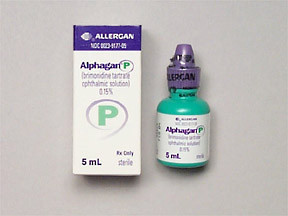
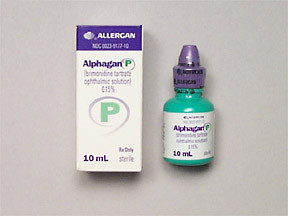
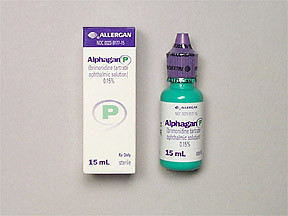
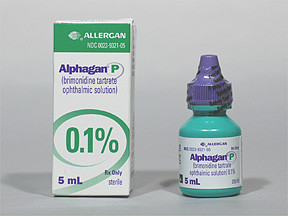
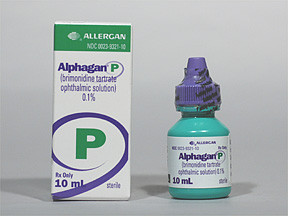
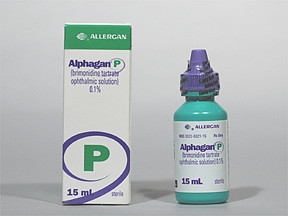
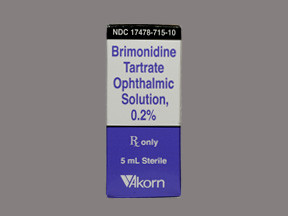

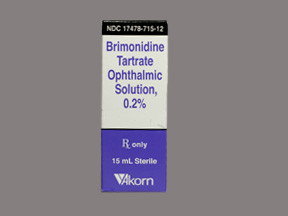
No Reviews Yet